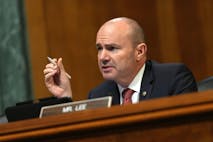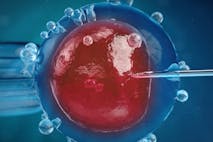
The federal abortion battle testing the pro-life movement
Mark Wiltz
·
Activism
Nancy Flanders
·
Politics
Bridget Sielicki
·
International
Cassy Cooke
·
Guest Column
Emily Berning
·
Opinion
Nancy Flanders
·
400k+ Readers Strong & Growing
News & Commentary from
A Pro-Life Perspective
As the news arm of Live Action, we educate the public and advocate for preborn rights by providing timely, accurate, and compelling news and stories about the pro-life movement.

Activism
Nancy Flanders
·
Politics
Bridget Sielicki
·
International
Cassy Cooke
·
Guest Column
Emily Berning
·
Opinion
Nancy Flanders
·
International
Angeline Tan
·
Abortion Pill
Bridget Sielicki
·
Abortion Pill
Bridget Sielicki
·
Human Interest
Anne Marie Williams, RN, BSN
·
Investigative
Nancy Flanders
·
Opinion
Mark Wiltz
·
Issues
Cassy Cooke
·